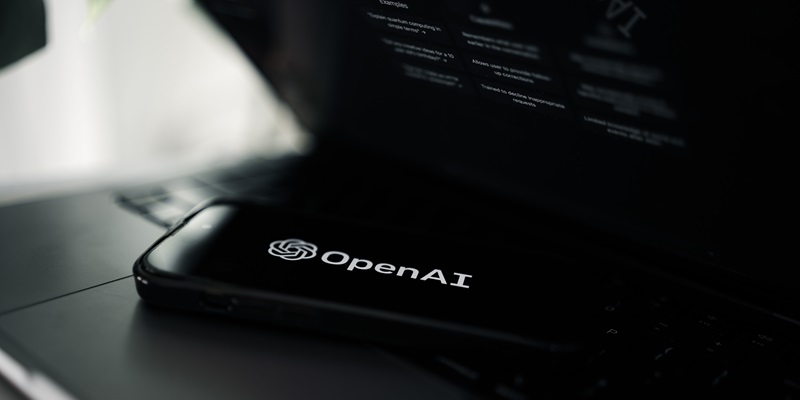OpenAI, the renowned artificial intelligence lab behind the popular ChatGPT, has recently unveiled its groundbreaking “Preparedness Framework.” This framework comprises a set of processes and tools aimed at monitoring and managing the potential dangers associated with increasingly powerful AI models. With the rapid advancement of AI technology, it has become crucial to proactively address the risks posed by these models, such as cyberattacks, mass persuasion, and the development of autonomous weapons. OpenAI’s Preparedness Framework serves as a comprehensive strategy to track, evaluate, forecast, and protect against catastrophic outcomes.
Overview of the Preparedness Framework
OpenAI’s Preparedness Framework is designed to tackle the multifaceted challenges presented by powerful AI models. By tracking, evaluating, forecasting, and protecting against risks, the framework aims to ensure the responsible development and deployment of AI technology. The potential risks associated with these models can be far-reaching and demand constant vigilance.
Risk “Scorecards” for AI Models
A crucial component of OpenAI’s Preparedness Framework is the implementation of risk “scorecards.” These scorecards serve as tools to measure and monitor various indicators of potential harm. They take into account factors such as the capabilities, vulnerabilities, and impacts of AI models. By utilizing these scorecards, OpenAI can gain valuable insights into potential risks and take proactive measures to mitigate them.
Emphasis on Rigorous Evaluations and Forecasts
OpenAI’s framework places a strong emphasis on rigorous and data-driven evaluations and forecasts of AI capabilities and risks. This approach sets it apart from the speculative scenarios that often dominate public discourse on AI. By adopting a grounded and evidence-based perspective, OpenAI aims to have a clear understanding of AI’s capacities and potential risks. It seeks to establish a solid foundation for decision-making and risk assessment.
OpenAI vs. Anthropic: Different Approaches
OpenAI’s announcement comes in the wake of several major releases focusing on AI safety from Anthropic, a leading AI lab founded by former OpenAI researchers. While both frameworks share the goal of ensuring AI safety, they differ significantly in terms of structure and methodology. Anthropic’s policy is more formal and prescriptive, directly linking safety measures to model capabilities. In contrast, OpenAI’s framework is more flexible and adaptive, relying on general risk thresholds to trigger reviews rather than predefined levels.
OpenAI’s More Flexible and Adaptive Approach
OpenAI’s Preparedness Framework demonstrates a more flexible and adaptive approach to managing AI risks. Instead of rigidly defined safety measures, OpenAI sets general risk thresholds. This allows for continuous evaluation and monitoring. By adopting a more adaptable approach, OpenAI can respond to emerging risks effectively and adjust safety protocols as necessary.
Anthropic’s More Formal and Prescriptive Policy
In contrast to OpenAI’s flexible approach, Anthropic’s framework adopts a more formal and prescriptive policy. It directly ties safety measures to model capabilities and chooses to pause development if adequate safety cannot be demonstrated. This approach demonstrates a cautious and rigorous stance to ensure that AI technologies do not pose significant risks.
OpenAI’s Update on Safety Protocols
Some observers have remarked that OpenAI’s Preparedness Framework reflects efforts to catch up on safety protocols. OpenAI has faced criticism in the past for deploying models like GPT-4 rapidly and aggressively without adequate safety precautions. Recognizing these concerns, OpenAI aims to enhance its safety protocols and address any potential risks associated with its advanced AI models.
The Significance of Both Frameworks for AI Safety
Despite their differences, both OpenAI’s Preparedness Framework and Anthropic’s framework represent significant progress for the field of AI safety. These frameworks signal a shift towards prioritizing safety concerns alongside AI capabilities. By proactively assessing risks and implementing safety measures, these organizations recognize the importance of responsible and ethical AI development.
OpenAI’s announcement of the Preparedness Framework marks a significant milestone in managing the risks associated with increasingly powerful AI models. The framework’s focus on tracking, evaluating, forecasting, and protecting against potential catastrophic risks demonstrates OpenAI’s commitment to responsible AI development. While OpenAI and Anthropic approach AI safety from different angles, both frameworks are pivotal for advancing the field and ensuring that safety concerns are given the attention they deserve. By continually refining and updating these frameworks, the AI community can effectively balance AI capabilities with security and ethics, ultimately shaping a future where powerful AI benefits humanity in a safe and responsible manner.

